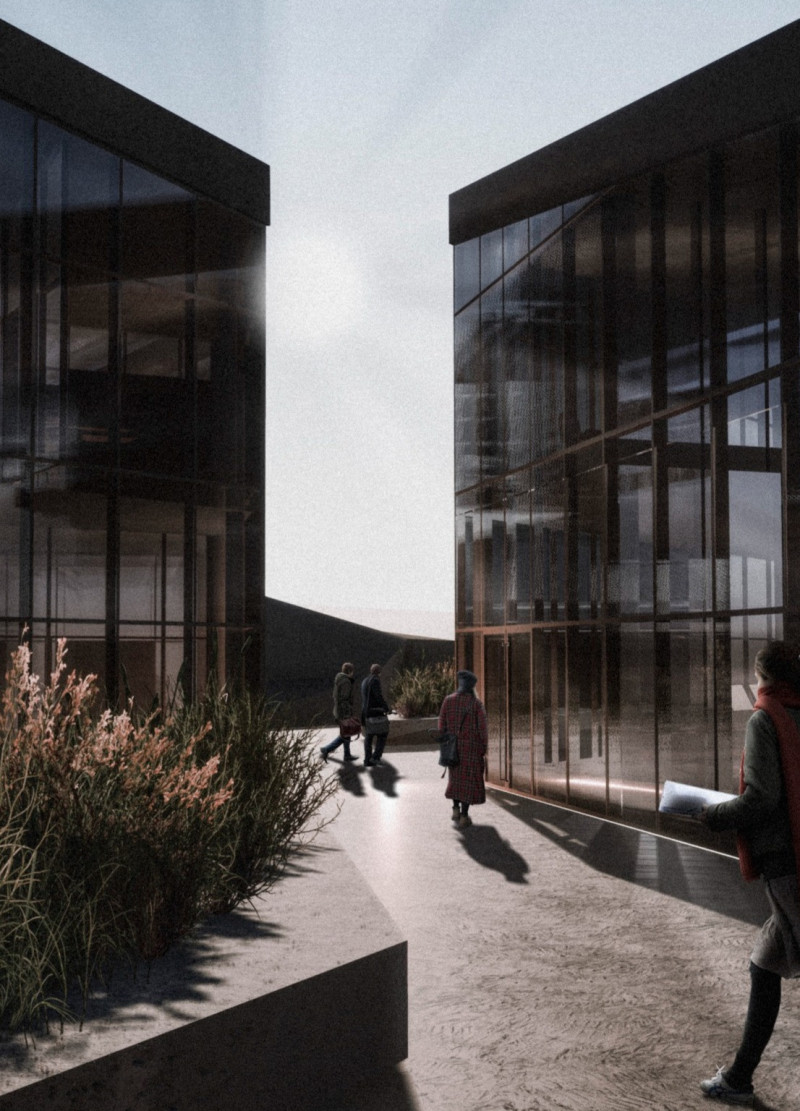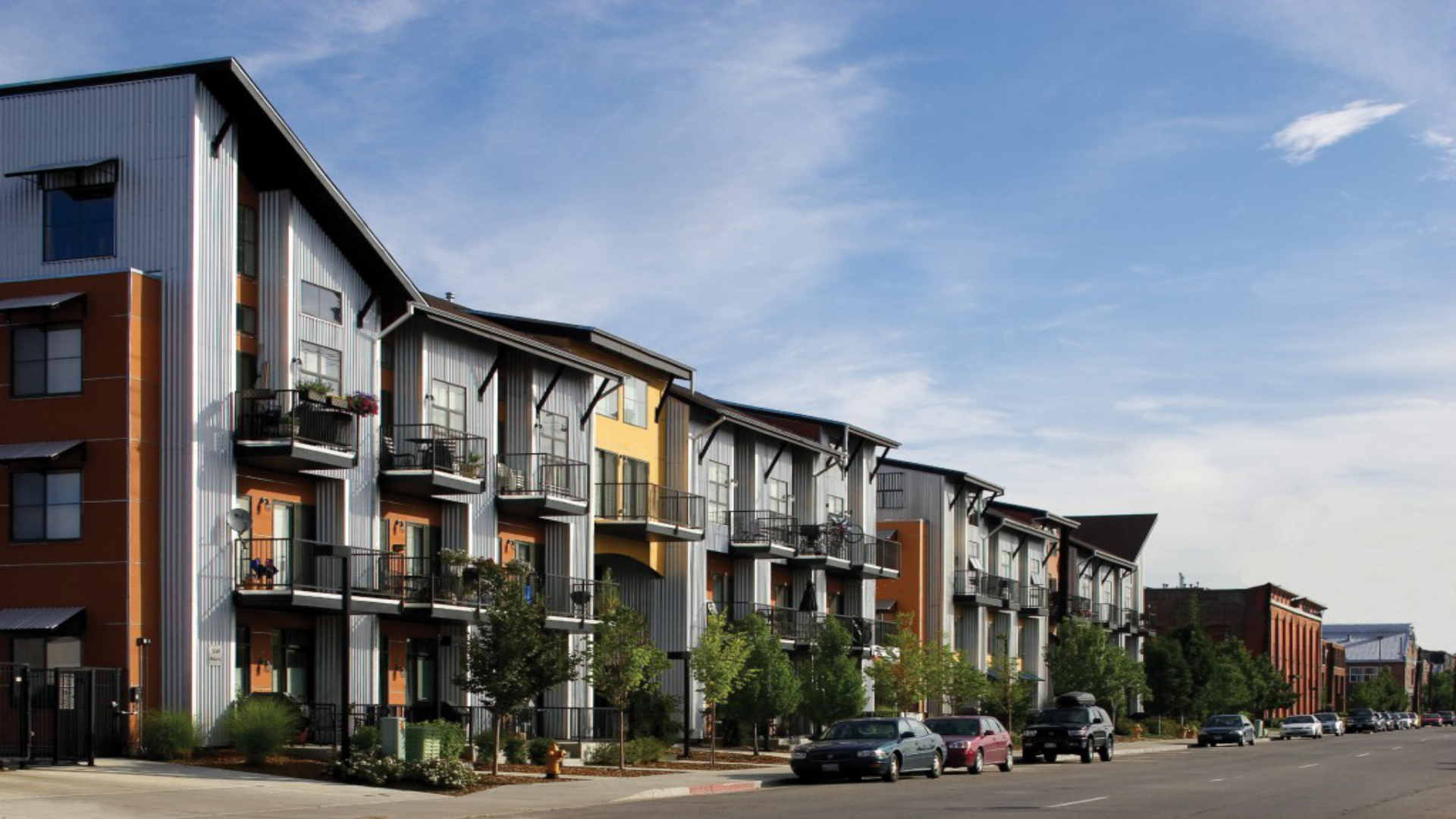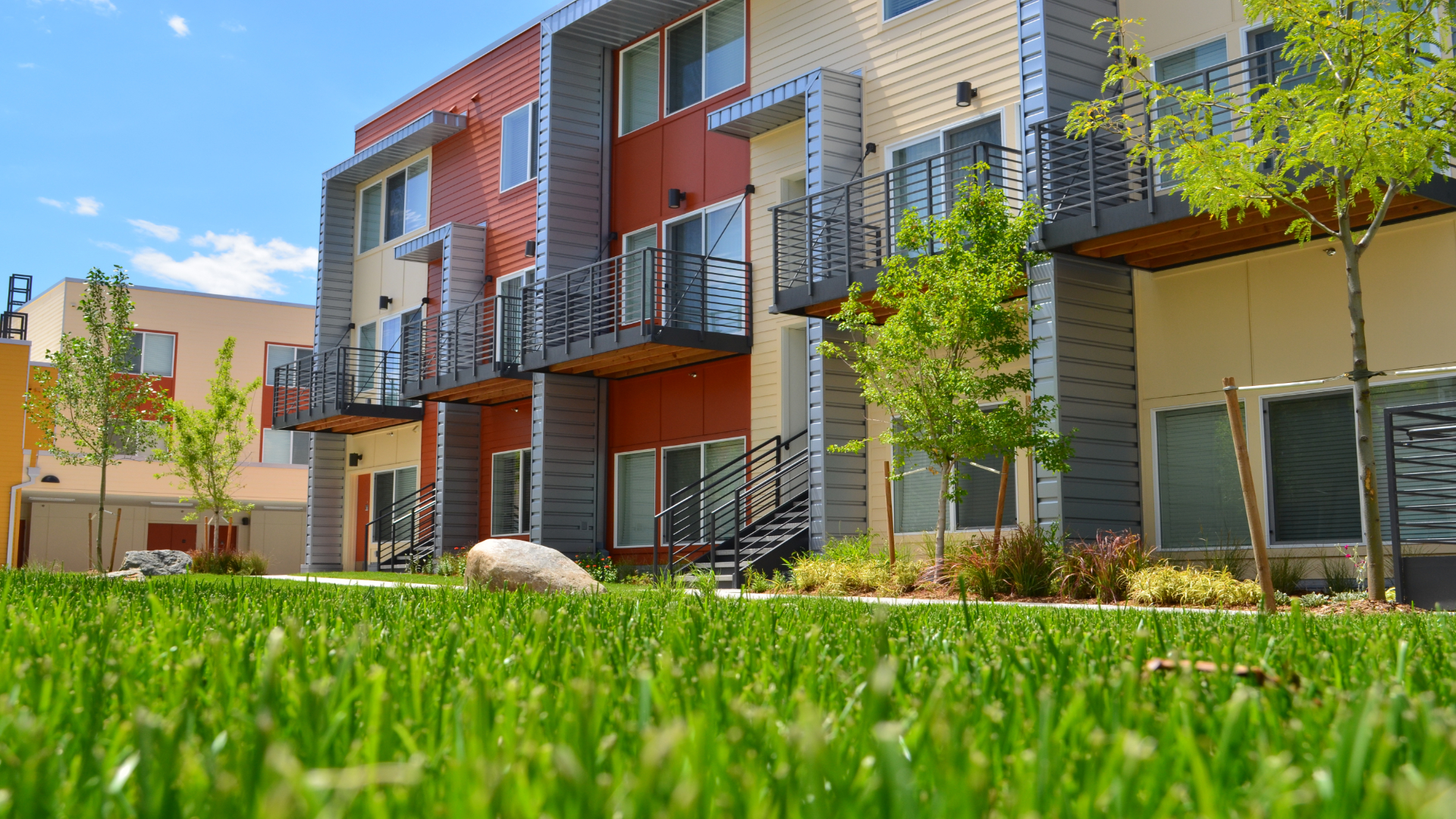5 key facts about this project
The Sprunga museum is located in the volcanic region of Iceland, designed to explore the geological features that define this unique landscape. The concept draws inspiration from the ongoing activity of the Mid-Atlantic Ridge, reflecting the fissures and tectonic movements caused by the interactions between the North American and Eurasian plates. Designed as both an educational facility and a cultural site, the museum engages visitors with Iceland’s geological history through its spatial organization and immersive experiences.
Artificial Chasm
Central to the design is an artificial chasm that represents the geological fissures formed by volcanic activity. This feature guides the overall layout of the museum, with buildings that reach out from the earth, similar to broken tectonic plates. Visitors move through this space, experiencing a gradual descent into the structure, which creates a strong connection between the architecture and the surrounding landscape.
Spatial Organization
The museum’s layout is designed to enhance visual connections to the environment, particularly the views of Hverfjall Volcano. A low-profile approach allows the buildings to integrate with the topography, ensuring that the museum fits well within its setting. Key visitor facilities are located on the first floor, including an information center, multipurpose exhibition hall, gift shop, and restrooms. This arrangement promotes accessibility and engagement, while the exhibition hall’s tall ceiling adds flexibility for a range of displays, supporting the museum's educational mission.
Lighting and Atmosphere
Lighting is a significant aspect of the design, aimed at creating the feeling of being in a volcanic fissure through thoughtful use of illumination. Natural light enters the interior through transparent elements, enhancing the overall visitor experience and maintaining a connection to the outside. This approach to lighting helps define the spatial qualities of the museum, making visitors more aware of the geological themes present in the design.
Design Details
Incorporating basalt in the roof design ties the museum visually to Iceland's volcanic landscape. This choice highlights the importance of the geological context and reinforces the relationship between the structure and its environment. The interplay of architectural elements with the surrounding landscape ensures that the design is responsive to its location, presenting a clear narrative that reflects Iceland’s geological history.























































